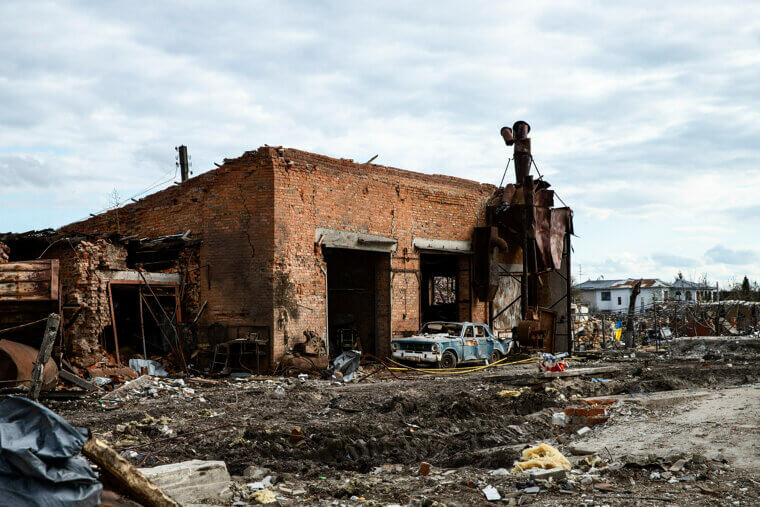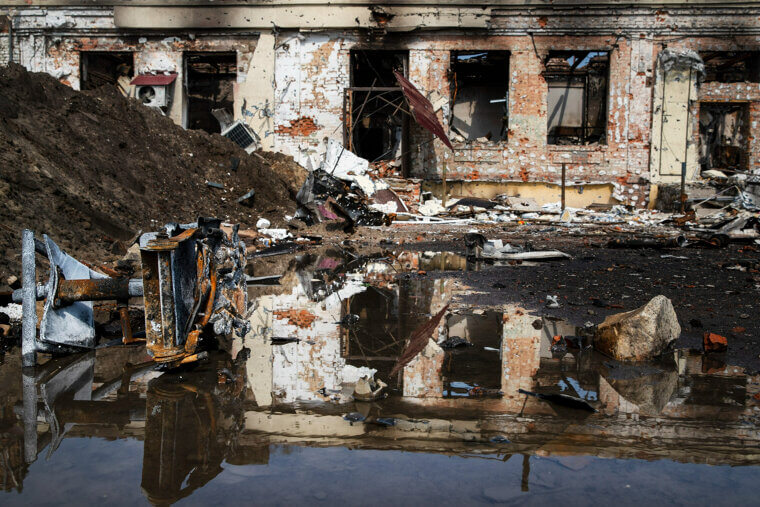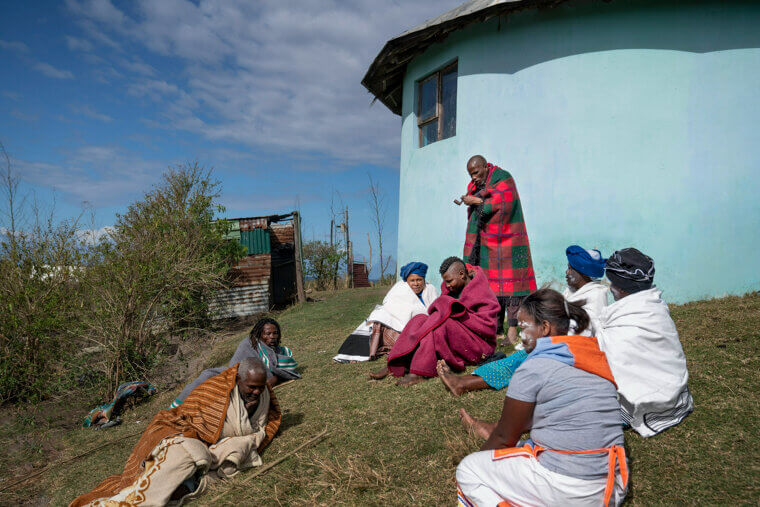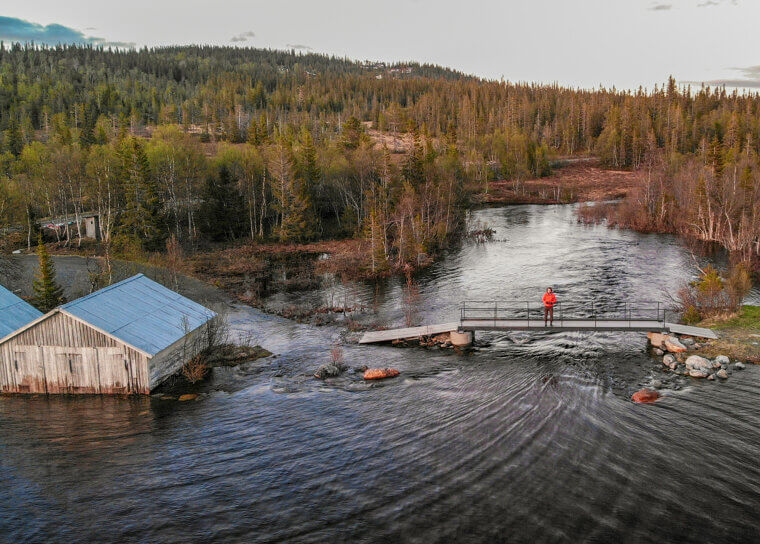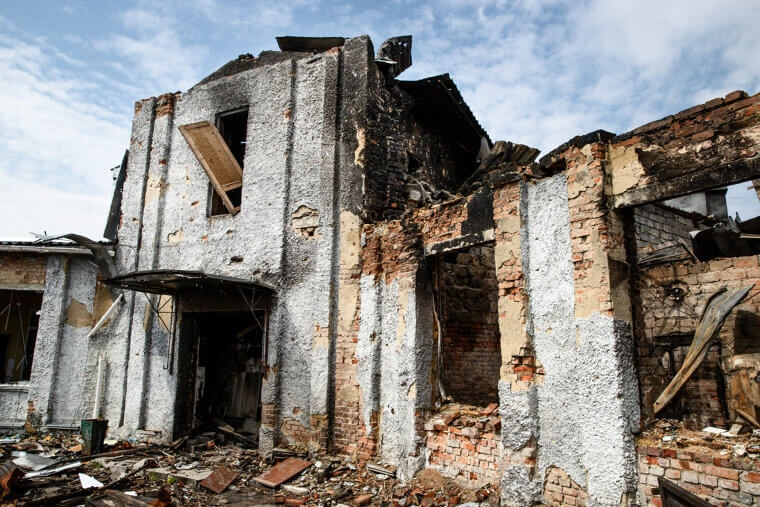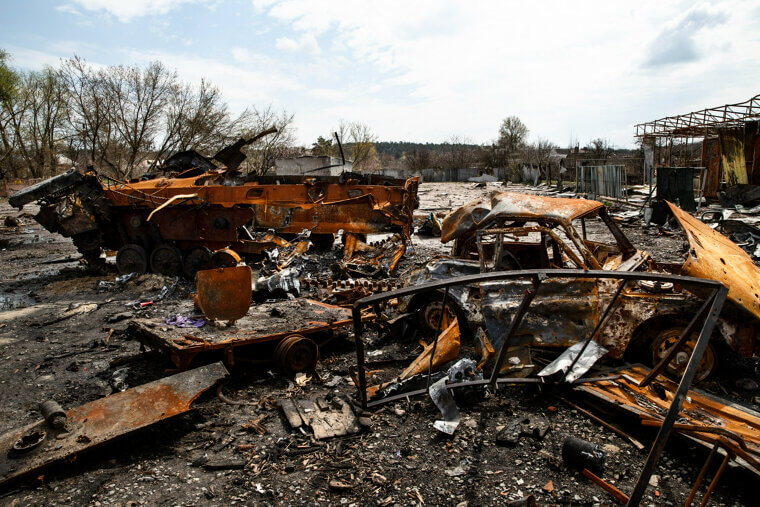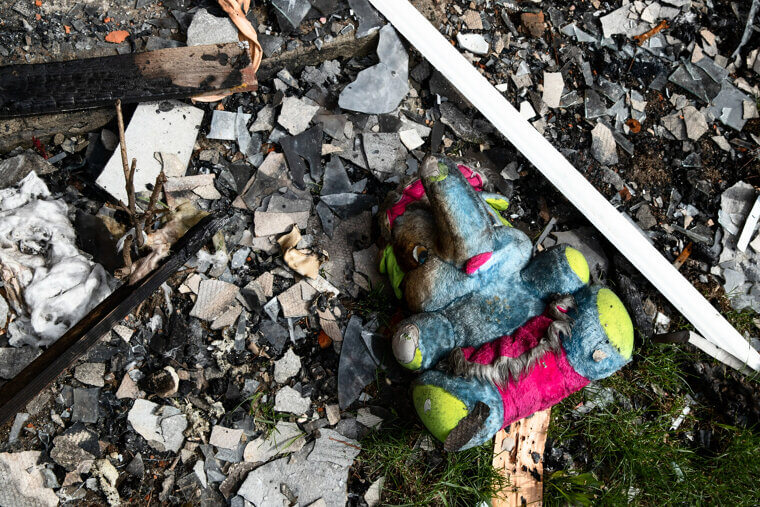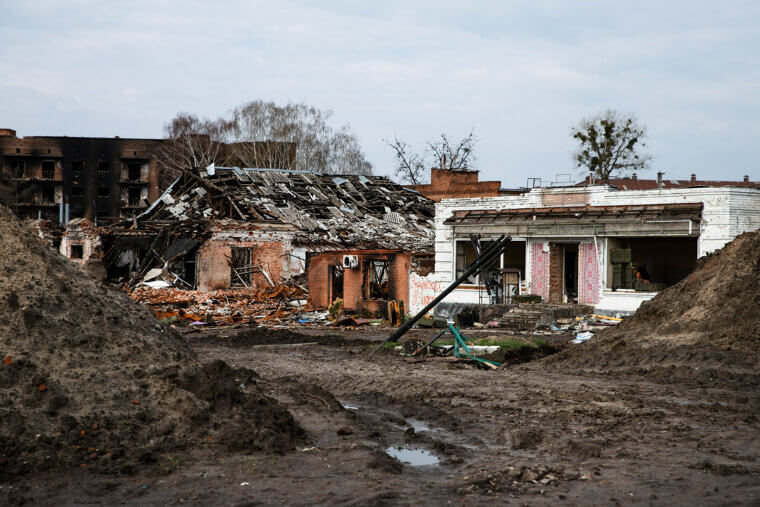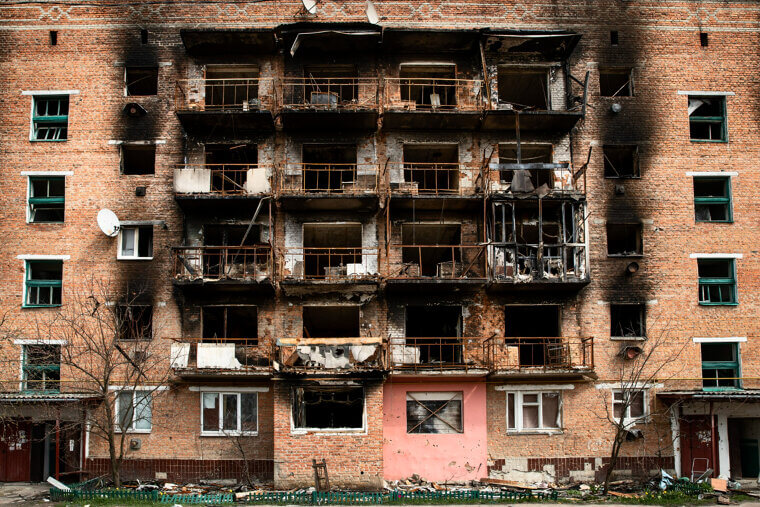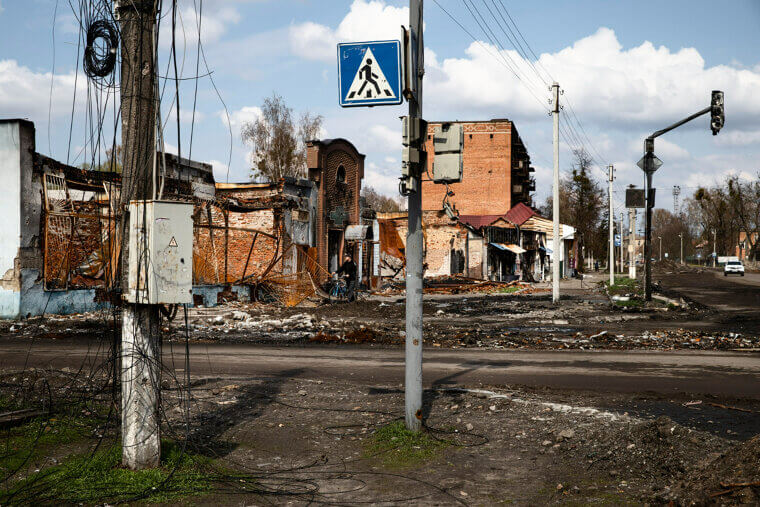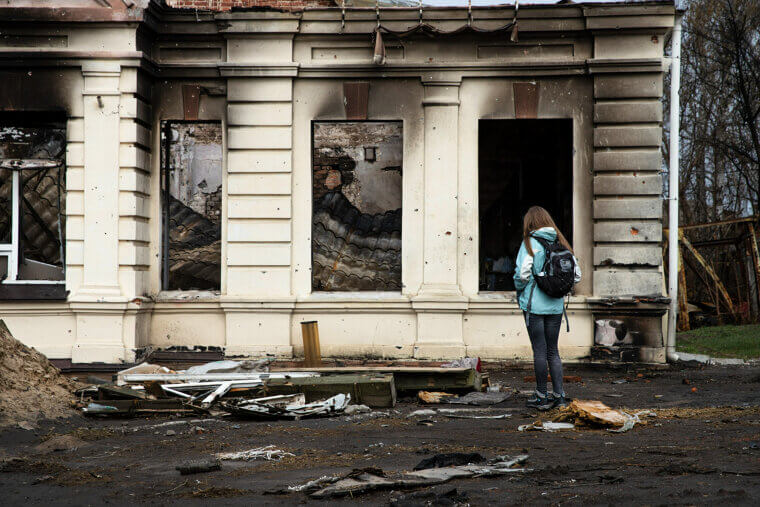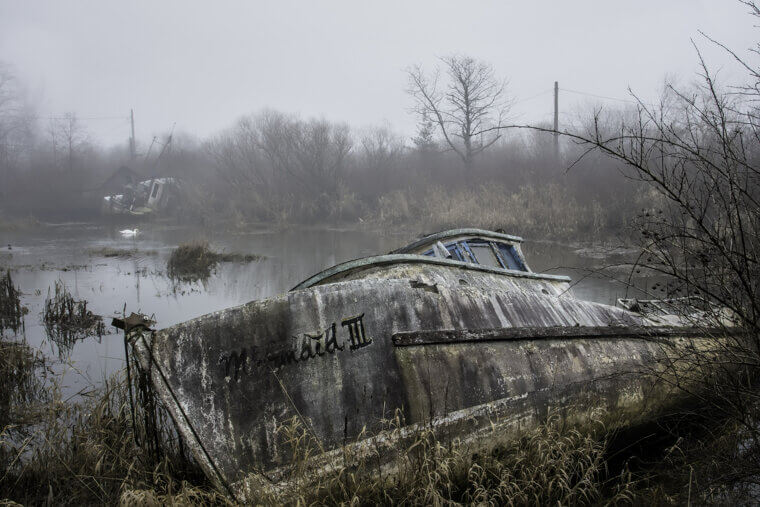Simeulue, Indonesia (2004)
Simeulue learned survival the old-fashioned way: through stories called smong. On 26 December 2004, long shaking signaled a basin-wide tsunami, so families ran uphill without stopping to film the shoreline. Drums, megaphones, and well-worn footpaths turned memory into action. GPS later showed parts of the coast rose while others sank, but the most important shift was cultural. Schools revived the smong lesson for new generations, and elders kept telling it with care. Transferable insight: encode risk in culture so simple rules surface when panic tries to lead.
Kamaishi, Japan (2011)
In Kamaishi on 11 March 2011, students felt the quake, saw the water rising, and started climbing. They did not wait for perfect instructions. They moved uphill, then kept moving, always reassessing and pulling classmates along. Drills, hazard maps, and teachers trained for exceedance made courage routine rather than rare. Seawalls were helpful until they were not, so the lesson widened. Build systems that assume overtopping, and practice buddy style evacuation often. The Kamaishi Miracle is not luck. It is muscle memory plus leadership distributed across small shoulders everywhere today.
Bangladesh (2007 to Present)
From Cyclone Sidr in 2007 to the present, Bangladesh has made survival a part of everyday life. The Cyclone Preparedness Programme recruits local volunteers who sweep villages with loudspeakers, raise signal flags, and unlock elevated shelters before wind or surge arrives. Radios and SMS alerts complement mosque calls, ensuring that warnings reach women, elders, and fishermen alike. Mortality rates have fallen dramatically compared to earlier storms. The blueprint is simple and human. Put trust at the last mile, share keys in advance, and rehearse routes until even sleepy feet know the way in any season.
Paradise and Butte County, USA (2018)
In 2018, residents in Paradise and throughout Butte County encountered a wildfire that spread rapidly. Survival looked scrappy and innovative. Go bags were ready, vehicles caravanned through smoke, and parking lots, fields, and ponds became refuges when roads failed. Alerts were received through Nixle and CodeRED, while crews flipped lanes to keep traffic moving. Afterward, routes were redesigned, shaded fuel breaks were expanded, and cell towers were equipped with backup power. The rule that stuck is blunt. Evacuate based on the forecast, not the flame front, and leave early when in doubt.
St. Vincent and the Grenadines (2021)
When La Soufrière rumbled in April 2021, St. Vincent and the Grenadines ran a calm sprint. Scientists raised alerts, ferries and buses were staged, and shelters created household bubbles to manage health as well as ash. Seismic and GPS monitoring guided briefings where leaders and scientists spoke together, which made trust feel earned. Evacuations began early, compliance stayed high, and direct mortality stayed low. Relief moved faster because the plan was already lived on paper. The lasting note is clear. Practice together before the mountain speaks loudly and without warning.
Pinatubo, Philippines (1991)
Before Pinatubo erupted in June 1991, Aeta residents and scientists compared notes. Ancestral signs matched swelling ground, quakes, and acidic gas, so evacuations started early and climbed high. PHIVOLCS and USGS teams used instruments and community radio to keep guidance clear. The eruption still cooled the planet for a while, and lahars kept rolling with monsoon rains, but tens of thousands were saved. Seasonal lahar management continues, patient and practical. The lesson is generous. Pair sensors with local wisdom to move people sooner and safer, especially when clouds look harmless.
Nepal (2015)
In Nepal, from April to May 2015, strong shaking toppled walls, and landslides cut roads, yet neighbors refused to wait. Families gathered in temple courtyards, youth clubs checked door-to-door, and amateur radio operators bridged blackouts when phones failed. Light search and rescue began with pry bars, tarps, and coordination. Community first aid and VHF and HF sets kept updates moving until teams arrived. Rebuilding shifted homes to safer sites, retrofitted schools, and protected open space. The habit is to design plazas that double as parks and muster points.
Mexico City (1985 and 2017)
Mexico City learned quick thinking across two hard Septembers, 1985 and 2017. Soft lakebed soils amplified shaking, yet neighbors formed brigades called Topos that moved fast. They triaged buildings, formed bucket lines, and used canine teams while silence drills paused the city to listen. Seismic alarms, community training, and WhatsApp coordination kept information flowing even when power flickered. Afterward came code upgrades, removal of brittle masonry, and annual drills as routine as school bells. The deeper lesson endures: build citywide volunteer networks in peacetime so response arrives before sirens finish.
Mozambique (2019)
During Cyclones Idai and Kenneth in 2019, Mozambican families rode out floodwater on rooftops and in tall mango trees while local boats stitched rescue relays. Global volunteers traced roads and villages on OpenStreetMap so pilots could find airdrop corridors through brown water. HF radio linked inland towns to hubs when towers failed, and schools and churches became dry shelters. Afterward, clinics were raised on plinths, culverts widened, and seed and tool kits helped fields recover. One crisp rule emerged: a good map is life support, so premap the most vulnerable.
Chile (2010)
On 27 February 2010, an 8.8 magnitude earthquake struck Chile, and local tsunamis followed within minutes. Coastal residents did not wait for a text. They ran to the cerros on instinct, a habit built by drills and grandparents. Community horns blared, signage pointed uphill, and assembly points on high ground filled before official alerts settled. Later, warning protocols were refined and vertical shelters added in flat towns where hills are distant. The slogan that should be taught everywhere is simple and memorable: if something is long or strong, it will be gone; move immediately after experiencing heavy shaking.
Moore and Central Oklahoma, USA (2013)
In May 2013, EF5 tornadoes tore across central Oklahoma, yet families and schools survived by stepping into a state of engineered calm. Rated safe rooms anchored to slabs took debris like champions, while 12-minute drill routines enabled people to be quickly put inside. Designs followed ICC 500 and FEMA P-361 guidance, with sirens and NOAA radios adding useful minutes. Afterward, safe rooms spread into new homes, campuses, and city buildings because the proof is persuasive. The takeaway is practical. Codes save lives, so normalize refuge spaces that meet specifications rather than relying on luck and hallways.
Heimaey, Iceland (1973)
On Heimaey in 1973, a basaltic eruption opened beside the town and threatened to seal the lifeline harbor. Fisherfolk, firefighters, and engineers turned the North Atlantic into a tool, pumping seawater onto lava fronts until flows slowed and diverted. Bulldozers carved channels, ships shuttled hoses, and crews worked together around the clock through steam and grit. The town remained, the harbor endured, and the new lava now functions as a breakwater that enhances fishing. The lesson travels well. Be audacious early, protect one critical asset, and you may save everything else downstream.

